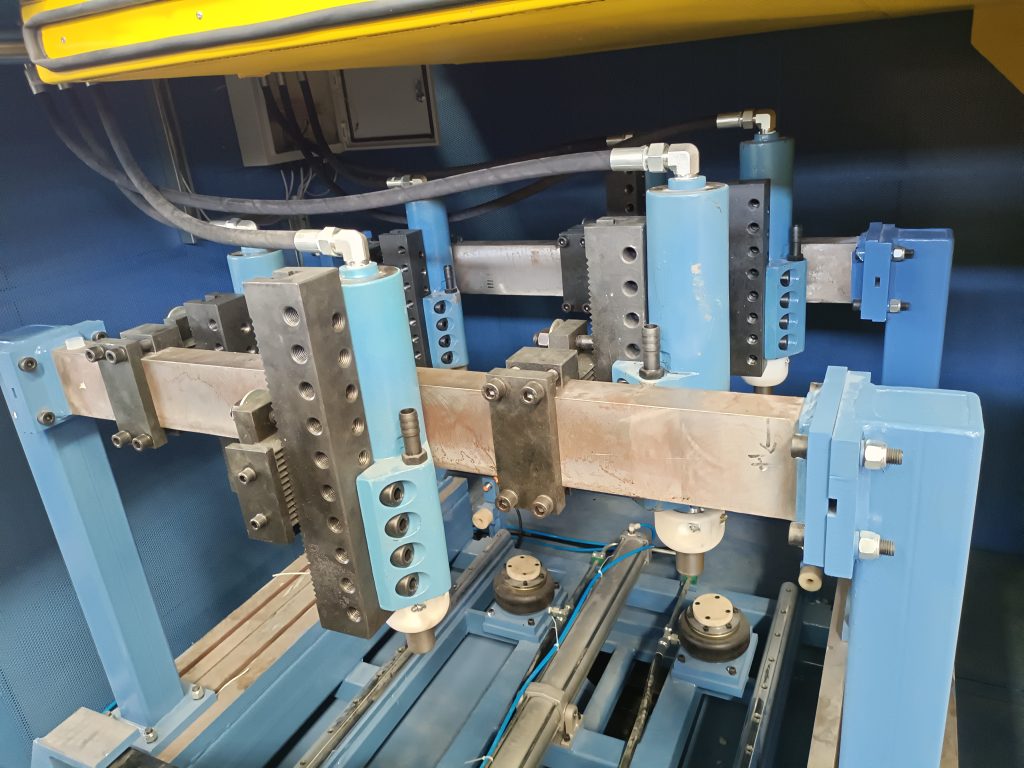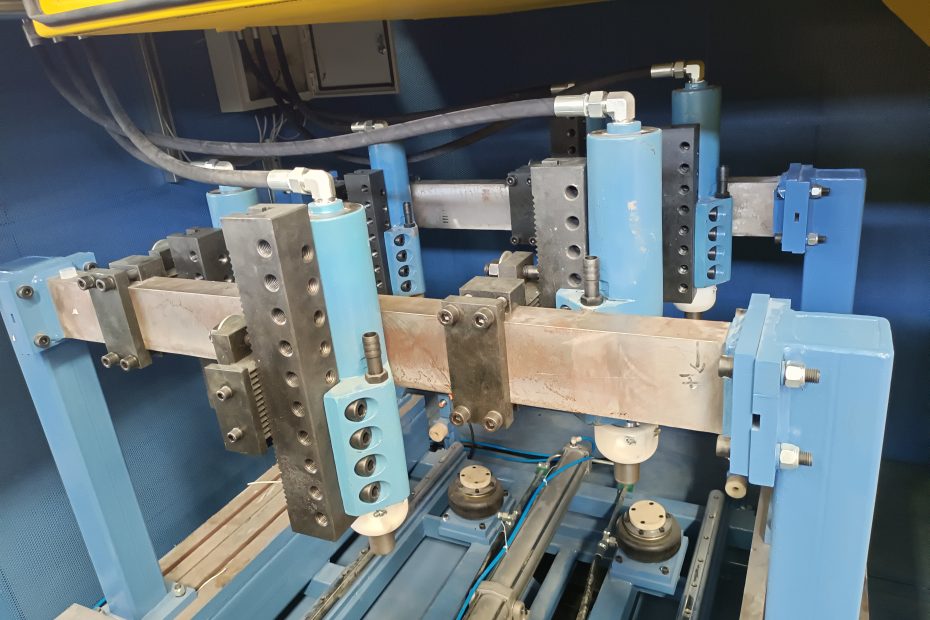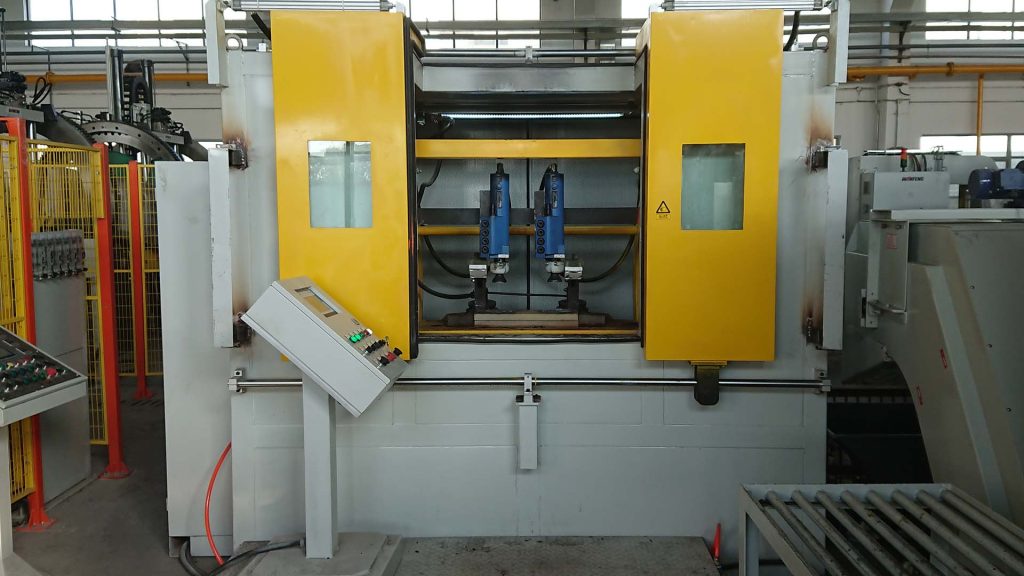Decoring and knockout machines are two commonly used equipment in foundries for removing sand cores from castings. While both machines serve a similar purpose, they differ in their operating principles, features, and applications. This article provides a comparative analysis of decoring machines and knockout machines, highlighting their differences and helping manufacturers choose the most suitable option for their specific needs.
Decoring Machine

A decoring machine is designed to remove sand cores from castings by mechanically breaking them apart. It utilizes various methods to achieve core removal, such as abrasive blasting, impact, or vibration. Decoring machines are typically used in foundries where large volumes of castings require efficient and automated core removal processes.
5 key features and advantages of decoring machines
- Mechanized Core Removal: Decoring machines automate the core removal process, reducing the need for manual labor and increasing productivity.
- Flexibility: Decoring machines can handle a wide range of casting sizes and shapes, making them suitable for diverse foundry applications.
- Core Breakdown Methods: These machines employ different core breakdown methods, such as shot blasting, impact hammers, or vibrating tables, depending on the specific requirements of the casting.
- Efficiency: Decoring machines are designed for high-speed operation, enabling rapid core removal and reducing cycle times in the production process.
- Quality Control: By automating the decoring process, these machines ensure consistent and precise core removal, improving the quality of the finished castings.
Knockout Machine
A knockout machine, also known as a shakeout machine, is primarily used to separate sand molds from castings after the metal has solidified. The machine applies mechanical vibrations or shaking motion to dislodge and remove the sand molds. Knockout machines are commonly used in foundries of all sizes and are particularly effective for medium to large castings.
5 key features and advantages of knockout machines include:
- Sand Mold Removal: Knockout machines excel at efficiently and effectively removing sand molds from castings.
- Versatility: These machines can handle a wide range of casting sizes and weights, making them suitable for various foundry applications.
- Sand Reclamation: Some knockout machines incorporate sand reclamation systems, allowing for the reuse of sand and reducing material waste.
- Dust Control: Many modern knockout machines are equipped with dust collection systems to minimize airborne particulate matter during the mold removal process.
- Ergonomics: Knockout machines are designed with operator safety and ease of use in mind, ensuring a comfortable working environment.
Decoring Machine vs. Knockout Machine
| Aspect | Decoring Machine | Knockout Machine |
|---|---|---|
| Core Removal Process | Mechanical breakdown (abrasive, impact, vibration) | Mechanical shaking or vibrating motion |
| Primary Purpose | Core removal from castings | Sand mold removal from castings |
| Typical Application | Foundries with high core removal volumes | Foundries of all sizes, various castings |
| Automation | Highly automated, reduces manual labor | Semi-automated, requires operator input |
| Speed and Efficiency | High-speed operation, rapid core removal | Efficient mold removal, reduced cycle times |
| Sand Reclamation | Not applicable | Some machines offer sand reclamation |
| Dust Control | May require additional dust collection system | Equipped with dust collection systems |
| Operator Ergonomics | Operator-friendly design | Operator-friendly design |
Final Words
Decoring machines and knockout machines play essential roles in the foundry industry, facilitating efficient core removal and sand mold separation from castings, respectively. Understanding the differences between decoring machines and knockout machines is crucial for manufacturers to select the appropriate equipment for their specific needs. Factors such as production volume, casting size and shape, automation requirements, and the need for sand reclamation should be considered when making this decision. By choosing the right machine, foundries can improve their operational efficiency, productivity, and overall casting quality.

